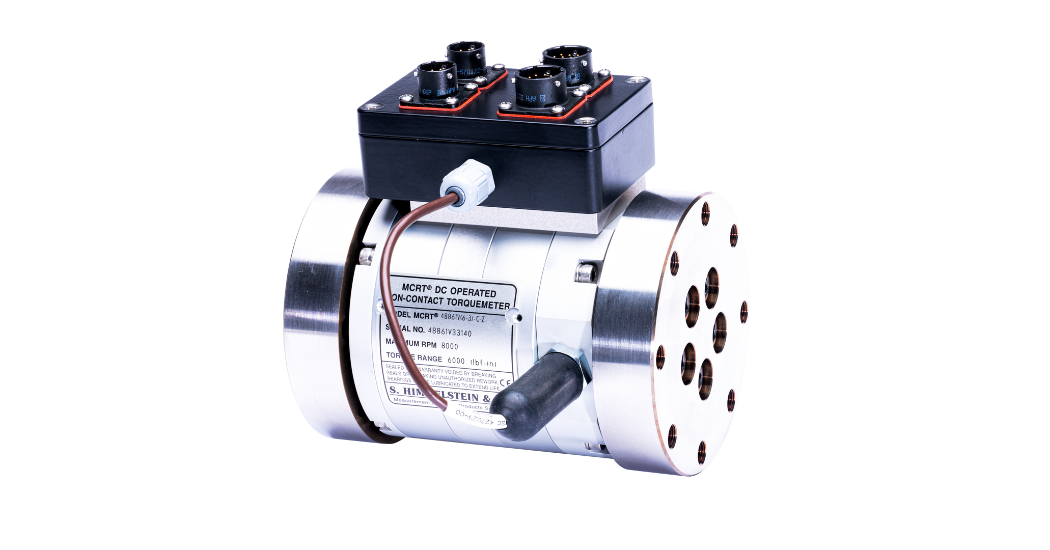
These robust precision torque transducers provide the accuracy and reliability needed to verify performance, safety and quality of any rotating machine. Their outstanding performance is achieved under real world conditions, not just in a calibration laboratory. Moreover, these precision torque tools boast industries highest Overload and Overrange ratings which avoid failure and errors found in competitive units when torque peaks and torsionals are clipped.
Precision torque sensors use cutting edge strain gage technology. Sensed torque is digitized on the rotor. Digital signals, immune to noise and transmission path variations are passed to the stator without physical contact. At the stator they are processed and output in both analog and digital form. Conditioned Torque, Speed, and Power scaled in engineering units are available along with analog data. Valuable processing capabilities are also provided in a single compact, economic package. No need to write software or add hardware, these digital torque sensors are ready to operate straight from the box.
Bi-directional, remotely actuated true rotor shunt calibration is standard for our precision torquemeters. An accredited bi-directional ISO/IEC 17025/2017 calibration is always furnished. Other features include 1 kHz bandwidth, 13 selectable signal filters, 33 selectable Units of Measure, 7,800 times/second Power computations, fast Max/Min capture, remote zero, cal and tare, etc. Four basic digital torque transducer configurations are offered as follows:
MCRT® 48860/61/70V – 200% Overload
MCRT® 49860/61/70V – 400% Overload
MCRT® 79860/61/70V – Dual Range – Contact us for more details!
When you choose a Himmelstein Ultra-Precise Torquemeter you get high accuracy, renowned reliability, and exceptional after sale support including access to ISO/IEC 17025/2017 calibration facilities. Those facilities comprise 9 accredited calibration stands with capacities from 10 ozf-in to 4,000,000 lbf-in (0.071 Nm to 452 kNm). Join users worldwide and benefit from expertise acquired while focused on torque measurement since 1960.